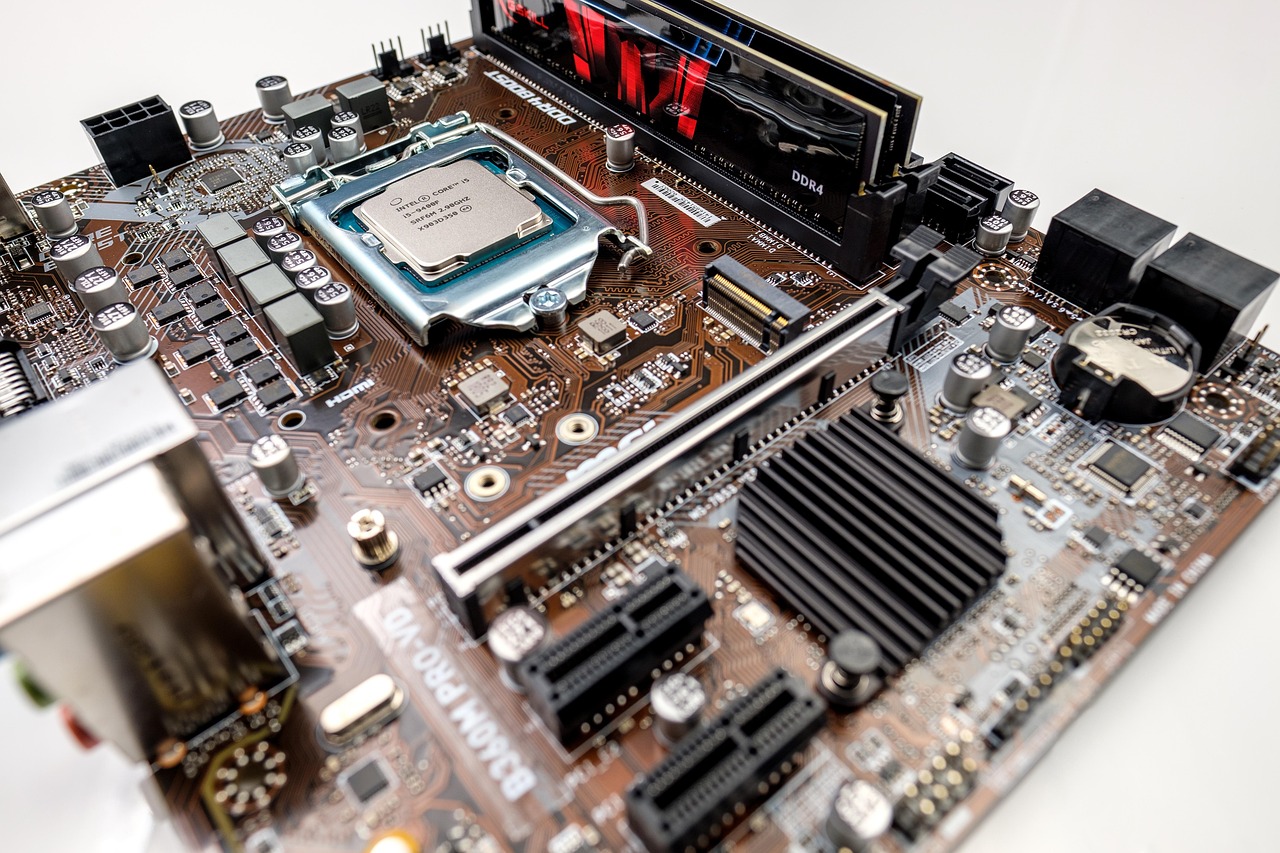
In today’s rapidly evolving digital landscape, the demand for agility and speed in delivering innovative solutions to the market has never been higher. Organizations across various industries are increasingly recognizing the necessity of modernizing their core systems to remain competitive. Core modernization is not merely a technological upgrade but a strategic imperative that enables faster time to market, enhances operational efficiency, and supports scalable growth.
Core systems, often referred to as legacy systems, form the backbone of many organizations. These systems manage essential functions such as finance, supply chain, customer relationships, and more. However, many of these systems, being decades old, struggle to keep pace with contemporary digital advancements and changing consumer expectations. This is where core modernization comes into play, offering a pathway to transform these legacy systems into agile, efficient platforms capable of supporting modern business needs.
The Need for Core Modernization
The rationale for core modernization is clear and compelling. Organizations face several challenges with outdated core systems, including:
- Inflexibility: Legacy systems often lack the flexibility to adapt to new processes or integrate with modern applications, hindering innovation.
- High Maintenance Costs: Maintaining and operating outdated systems can be cost-prohibitive, diverting resources from innovation and growth initiatives.
- Security Vulnerabilities: Older systems are more susceptible to security breaches, posing risks to sensitive data and compliance.
- Limited Scalability: Legacy systems may struggle to scale efficiently, constraining the ability to handle increased workloads or expand into new markets.
Benefits of Core Modernization
Investing in core modernization offers numerous advantages that significantly impact an organization’s ability to deliver products and services to market swiftly. Key benefits include:
- Increased Agility: Modernized systems provide the flexibility to quickly adapt to changing market conditions and customer demands, enabling faster deployment of new features and services.
- Enhanced Efficiency: Streamlining processes and integrating cutting-edge technologies reduces operational inefficiencies, leading to cost savings and improved performance.
- Improved Customer Experience: By leveraging modern platforms, organizations can offer seamless, personalized experiences, enhancing customer satisfaction and loyalty.
- Better Risk Management: Modern systems incorporate robust security measures, mitigating risks associated with data breaches and compliance violations.
- Scalability: With cloud-based solutions and modular architectures, modernized systems can effortlessly scale to accommodate growth and expansion.
Global Context and Industry Examples
Globally, industries such as finance, healthcare, and retail are at the forefront of core modernization efforts. For example, financial institutions are embracing digital transformation to streamline operations and offer innovative financial products. In healthcare, modernized systems enable efficient data management, supporting advancements in telemedicine and personalized care. Retailers are leveraging modern platforms to enhance supply chain efficiency and deliver omnichannel experiences to customers.
According to a 2023 survey by IDC, over 60% of global companies reported that core modernization initiatives had accelerated their time to market by at least 30%. This statistic highlights the tangible impact of modernization on organizational agility and competitiveness.
Conclusion
Core modernization is not a one-time project but a strategic journey that requires careful planning and execution. Organizations must assess their current systems, identify modernization priorities, and leverage emerging technologies such as cloud computing, microservices, and artificial intelligence to achieve their goals. By doing so, they position themselves to deliver faster, respond to market changes effectively, and maintain a competitive edge in an increasingly dynamic digital world.
As the global landscape continues to evolve, the imperative for core modernization will only intensify, making it an essential strategy for organizations aiming to thrive in the future.














